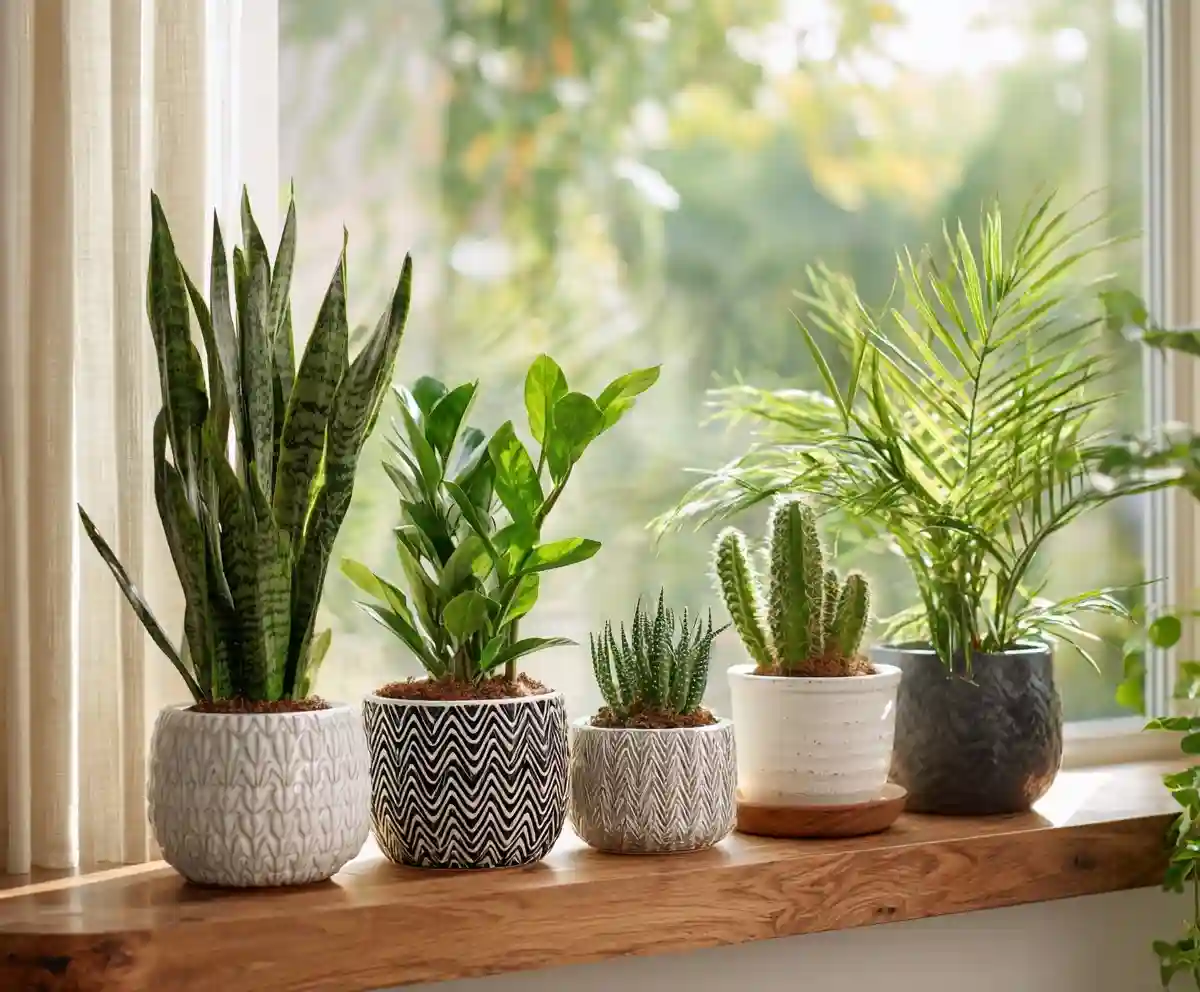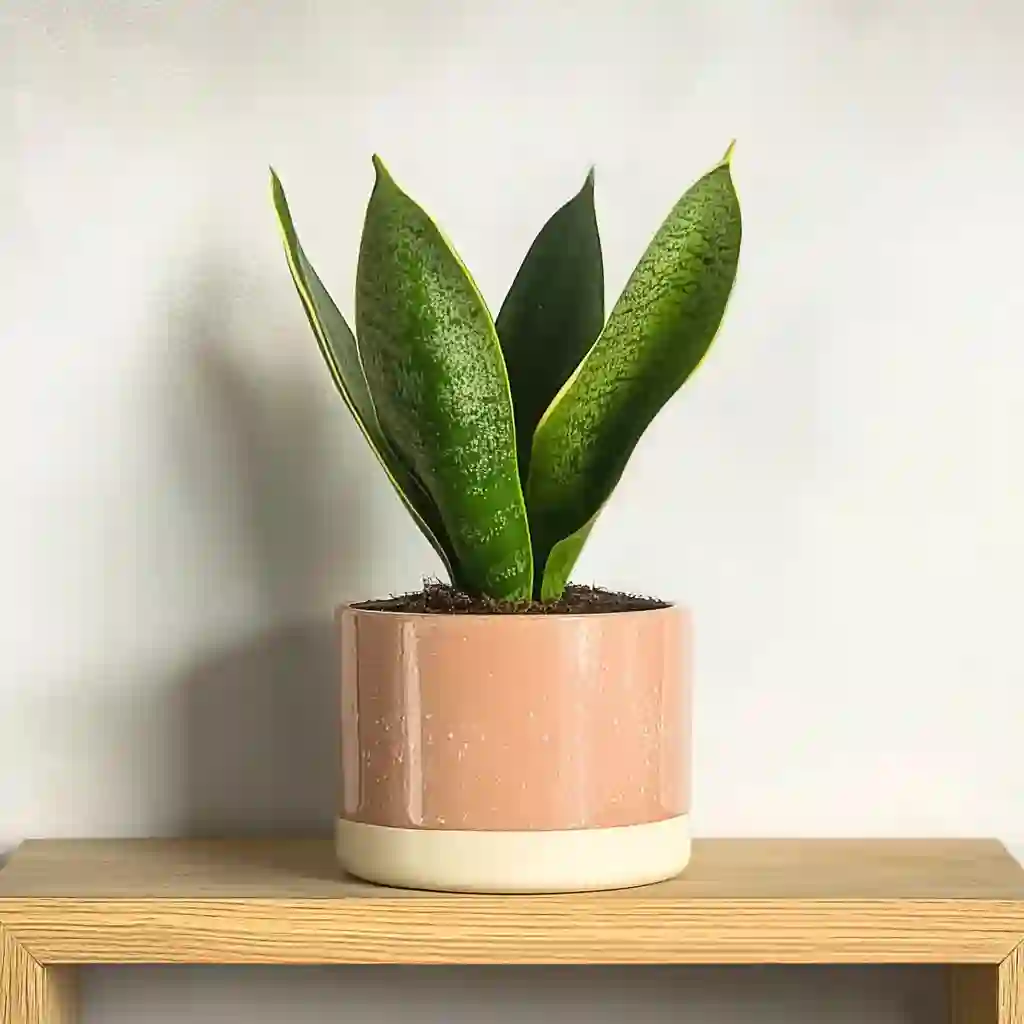Indoor plants not only breathe life into your home but also purify the air and elevate your mood. Whether you’re a first-time plant parent or looking to expand your indoor garden, starting with low-maintenance houseplants is the perfect way to build your green thumb without feeling overwhelmed.
Why Beginner-Friendly Houseplants?
For those new to indoor gardening, finding the right plant can be a game-changer. The ideal beginner plant should be:
- Resilient: Able to thrive even with occasional missed waterings.
- Adaptable: Comfortable in low-light or indirect light environments.
- Easy-Care: Resistant to pests and diseases, making upkeep simple.
These characteristics mean you can enjoy a lush, green space without the stress of high-maintenance care routines.
A Fresh Start to Your Indoor Garden
In this guide, we’ll introduce five standout indoor plants that are perfect for novices. Each plant on our list is celebrated for its durability and style, ensuring that even if you’re new to plant care, your indoor garden will flourish. From the striking, sculptural leaves of the Snake Plant to the elegant charm of the Peace Lily, there’s a green companion waiting for you.
1. The Snake Plant
The Snake Plant stands out with its tall, striking leaves and modern aesthetic. Renowned for its adaptability, this plant flourishes in low to indirect light and only requires watering once the soil is completely dry. Its resilience makes it a top choice for anyone starting their indoor garden journey.
2. The Cast Iron Plant
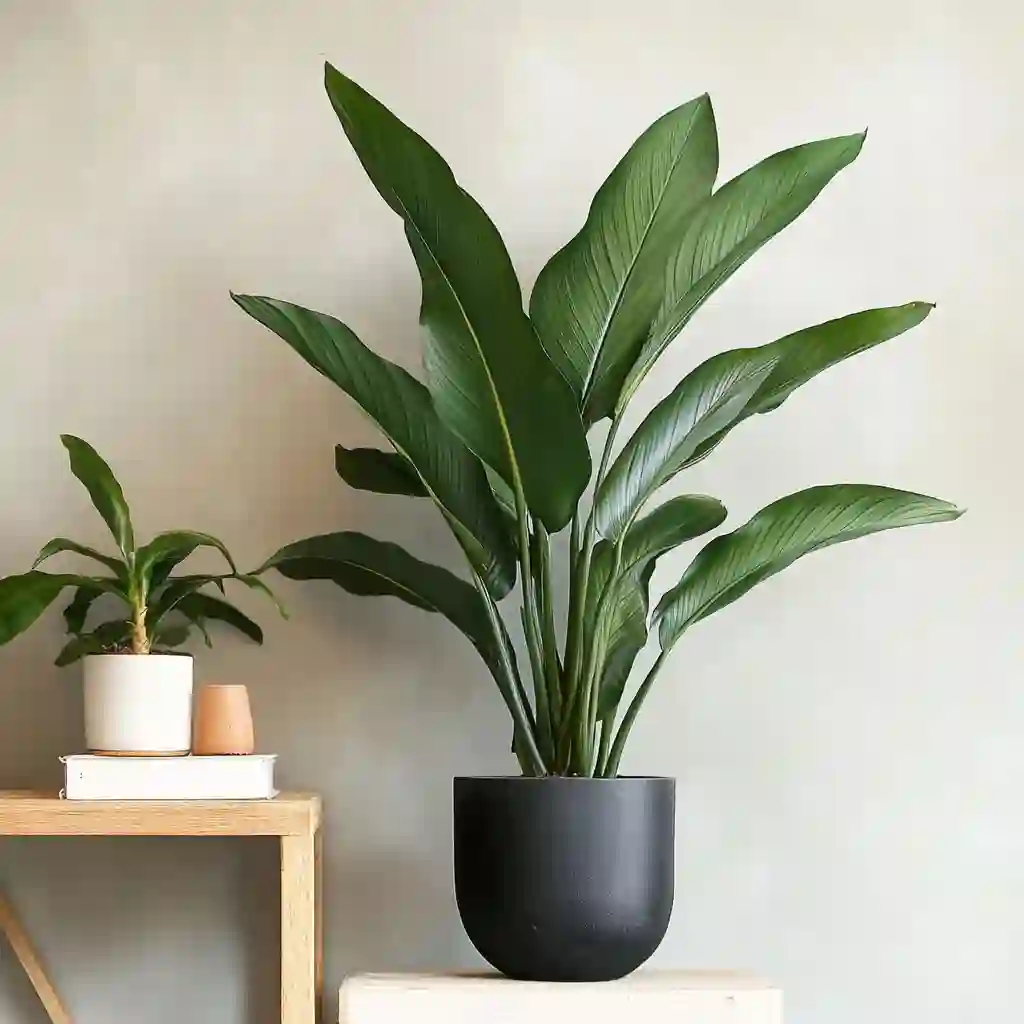
True to its name, the Cast Iron Plant is nearly indestructible. With rich, dark green leaves, it thrives in shaded areas and low-light conditions. This plant prefers a cautious watering routine—keeping the soil just slightly moist—and is an excellent companion for those with a busy lifestyle.
3. The ZZ Plant
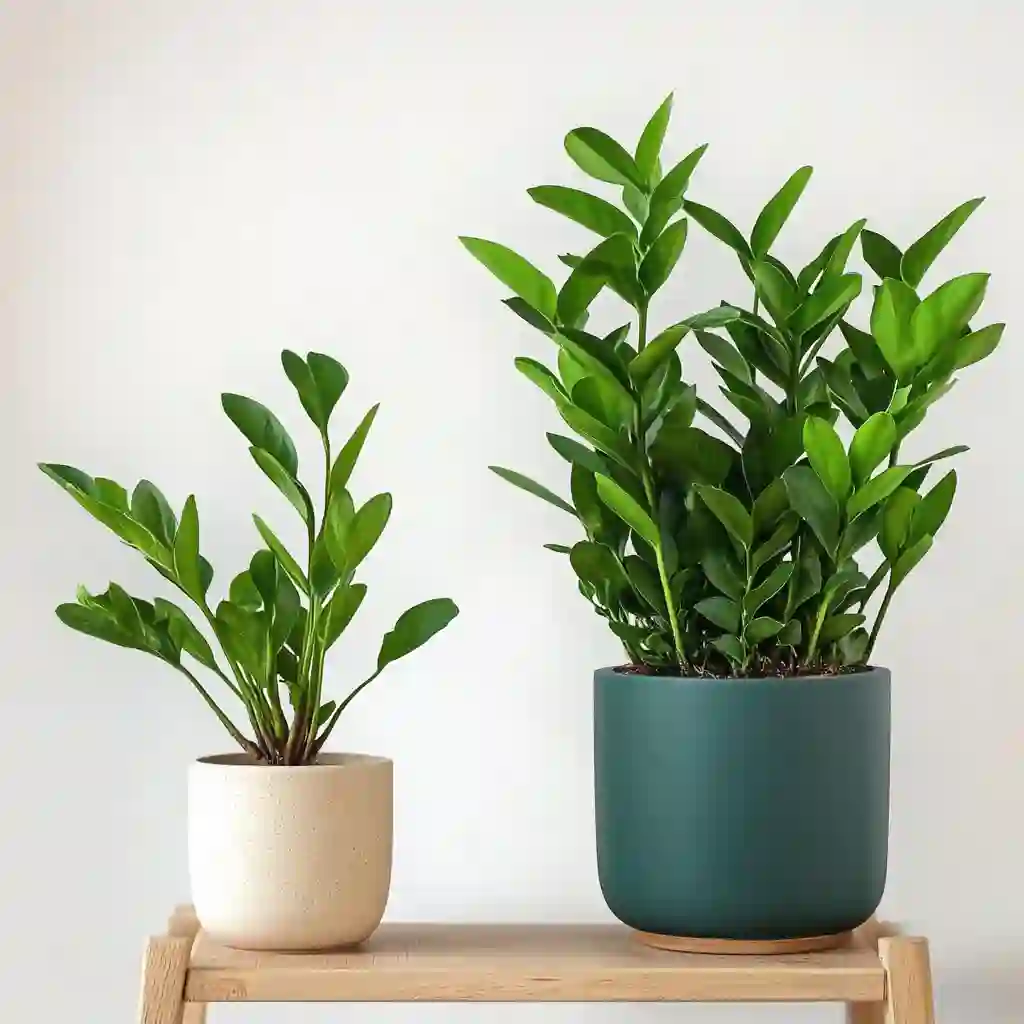
The ZZ Plant is a stylish and robust addition to any home. Its glossy, deep-green foliage not only elevates your décor but also tolerates low-light environments and infrequent watering. Perfect for busy beginners, the ZZ Plant is as forgiving as it is attractive.
4. The Footstool Palm
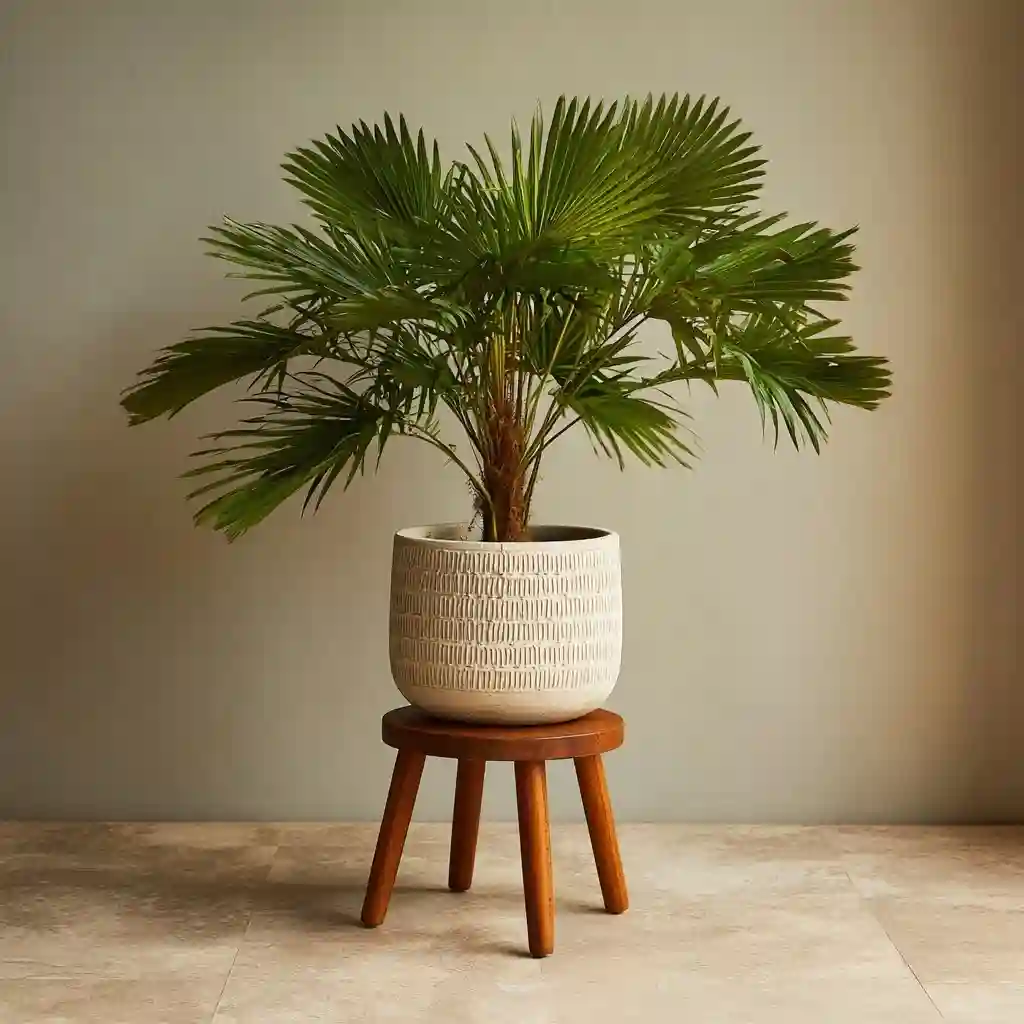
Bringing a hint of tropical elegance, the Footstool Palm is ideal for bright, indirectly lit spaces. Its delicate fronds and compact stature create a serene ambiance. This plant appreciates a humid setting, so a light misting every now and then can help it thrive in your indoor oasis.
5. The Fishbone Cactus
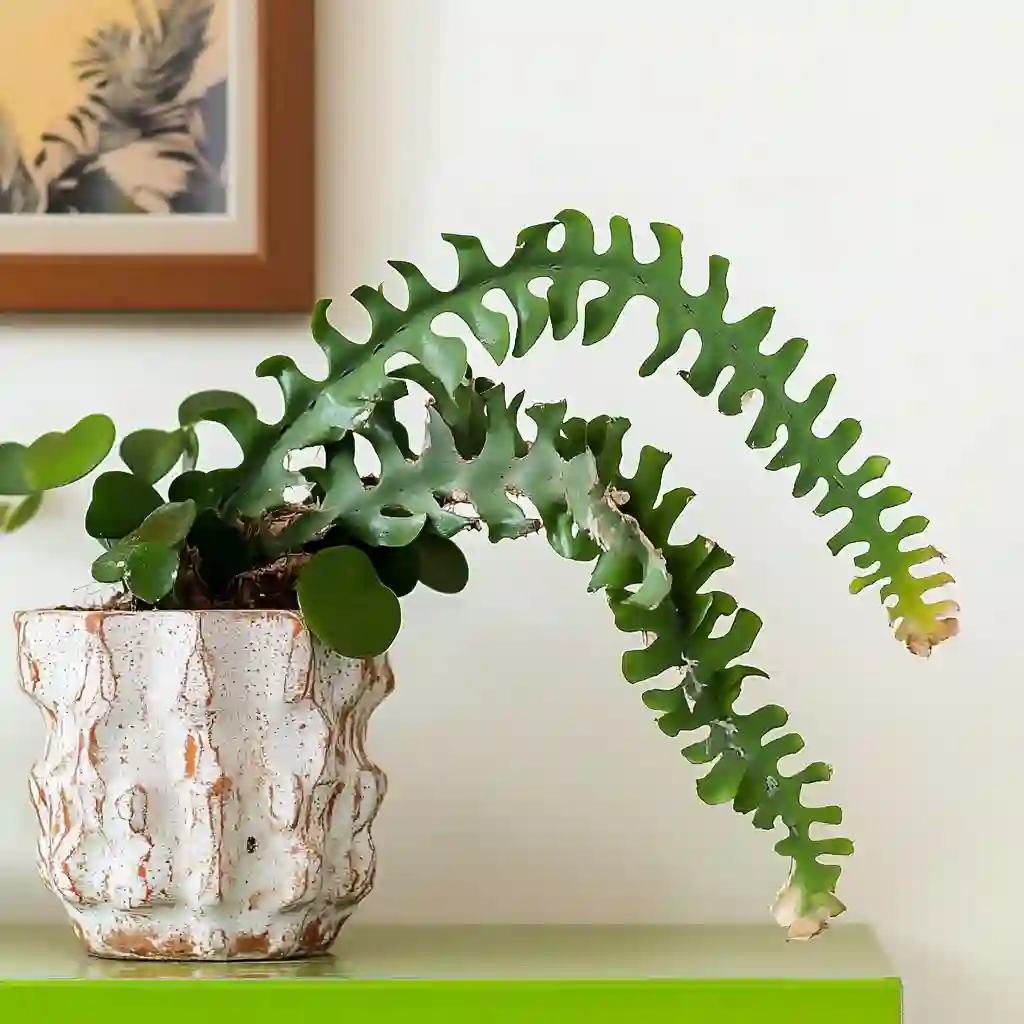
For a touch of unconventional beauty, consider the Fishbone Cactus. With its unique, zigzag stems and vibrant appearance, this succulent offers a creative twist on traditional houseplants. It prefers bright indirect light and minimal watering, making it a perfect low-maintenance choice for beginners.
These five indoor plants combine durability with style, ensuring that your journey into indoor gardening is both enjoyable and successful. They’re carefully chosen to meet the needs of first-time plant parents, so you can create a lush, inviting space without the worry of high-maintenance care.
Essential Tips for Indoor Plant Care
Caring for your indoor garden doesn’t have to be complicated. With a few simple guidelines, you can keep your new green friends healthy and thriving.
1. Understand Your Light Conditions
Lighting plays a crucial role in plant health. Here are a few common terms:
- Shade: Dark corners far from windows. Plants here might need supplemental lighting.
- Low Light: Areas that receive some natural light without direct exposure. Perfect for plants like the Cast Iron Plant.
- Bright Indirect Light: Near windows without the full intensity of direct sun. Ideal for most beginner-friendly species.
- Direct Sunlight: Intense, unfiltered sun exposure, best for plants that enjoy a strong sunbath, like certain succulents.
2. Mastering Watering and Misting
Balancing moisture is key:
- Watering: Allow the soil to dry out between waterings. Check the soil’s moisture level—overwatering can lead to root rot, while underwatering may stress the plant.
- Misting: Occasional misting can boost humidity, especially for tropical species. However, be cautious; too much moisture on foliage can encourage mold or pests.
3. Choosing the Right Soil
- Well-Draining Mix: Use a potting mix that suits your plant type. For succulents, a sandy, fast-draining soil prevents water retention.
- Drainage is Essential: Ensure your pots have drainage holes. This simple step prevents excess water from lingering, safeguarding your plant’s roots.
4. Repotting and Propagation
- Repotting: When roots start showing at the drainage holes or plant growth slows, it may be time to move your plant to a larger pot. This refreshes the soil and gives your plant more room to grow.
- Propagation: Once you’re comfortable with plant care, consider propagating your indoor garden. It’s a rewarding way to expand your collection by growing new plants from existing ones.
5. Monitor and Adapt
- Observation: Regularly check your plants for signs of distress, such as yellowing leaves or pest activity.
- Seasonal Adjustments: Be prepared to tweak your watering and light routines as the seasons change, ensuring your indoor garden adapts to its environment.
By following these essential tips, even novice plant parents can enjoy a thriving, low-maintenance indoor garden that adds a touch of nature and serenity to their home.
Conclusion: Embrace Your Indoor Green Oasis
Embarking on your indoor gardening journey is easier than you think. With resilient and low-maintenance plants like the Snake Plant, Cast Iron Plant, ZZ Plant, Footstool Palm, and Fishbone Cactus, even first-time plant parents can create a lush, vibrant space without a steep learning curve. These easy-care houseplants not only beautify your home but also purify your air and uplift your mood.
By understanding the basics of light conditions, watering routines, soil choices, and repotting techniques, you’re well-equipped to nurture your indoor garden. Remember, each plant brings its own unique personality and charm, so don’t hesitate to experiment and adjust your care as you learn more about what each species needs.

